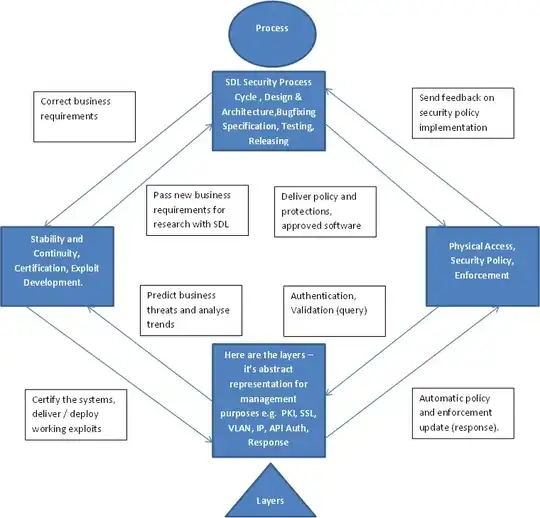OK, it sounds like you are asking for a policy, plan, and practices for secure system administration of a data center. I have some suggestions for you:
Start with a policy. Start by thinking out your security policy. Develop a written security policy, and gain approval from management.
Take a look at SANS's resources on security policies. They'll give you some ideas of things that might make sense for you.
Security plan. Develop a security plan. I suggest you start by building up an inventory of the data and systems you store, with some idea of how critical it is to the mission of your business. This will help you, because you should plan to devote the most energy to securing your most mission-critical assets.
Next, you might give a little thought to what are the most important kinds of attacks or threats that should receive the highest priority (either the most likely, given your situation, or the ones that would be most serious). You can brainstorm what threats you are most likely to face (e.g., who will have an incentive to attack you?), and use this to help you develop a plan for securing your organization.
Once you have inventoried your assets and prioritized the top security issues you are likely to face, develop a plan to mitigate the risks and protect your organization from these attacks. Take a look at the SANS list of top 20 security controls; they might form some elements of your plan, or might give you ideas for how you can protect your assets from these threats.
Execute. Next, implement your plan. You don't need to do everything at once; it is fine to pick a piece of your plan, execute on it, and gradually grow your security maturity level.
Security training. It might be helpful to have some training on good security practices for system administrators. I'm not the right person to ask, but others might have some suggestions. I think SANS has a good reputation for professional training in this area.
Resources for additional information. Take a look at Security policy for system administrators on this site.
You might want to take a look at the questions tagged security on ServerFault. ServerFault is a sister site where many professional system administrators hang out, and they have some good resources on topics related to security oriented for sysadmins.
You should be aware of professional organizations in this area, and consider joining them and making use of their resources. Look at SANS. They have many resources available on their web page.
Also, look into LISA, a Usenix professional association for system administrators. They have excellent conferences, good networking opportunities, and chances to keep up-to-date on the latest technology. Also, they have a booklet series with some information for sysadmins; see, e.g., System Security: A Management Perspective.
What about Microsoft SDL? Microsoft's SDL is fantastic -- but it is really oriented at software development. I don't think it's going to be as useful to system administrators, so it might not be quite the right resource for you.

